Call them Unmanned Aerial Vehicles (UAVs), Miniature Pilotless Aircraft, Flying Mini Robots or colloquially, drones. These autonomous, remote controlled devices are transcending the barriers of land and air, brewing a quiet revolution. Historically, drones have been deployed for combat operations. And, if you trace the origin of drones, you realize they began with the same military purpose. It was in 1849 when Austria attacked Venice using unmanned balloons stuffed with explosives. From incendiary balloons, drones evolved as the first pilotless aircraft in 1916 after the outbreak of the First World War. More than a century later, a disruption is stirring the skies and the earth with the meanderings of drone technology. Today, you can sight drones monitoring crops, surveying mining zones, helping the weather man to predict disasters, protecting the big cats and pachyderms from poachers and even delivering packages for the ubiquitous e-retailer Amazon.
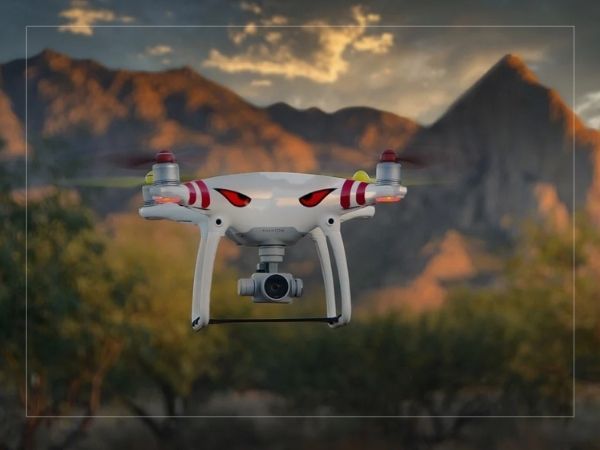
Why Surveillance Drones?
Using unmanned aircraft for surveillance operations can provide access to difficult terrain that may be unfeasible to set foot on by humans. Apart from de-risking human lives, drones equipped with payloads offer a cost effective option to satellites. Drones overcome the limitations of traditional surveillance methods. They capture still images, live videos or recorded videos that help in making intelligent decisions. Capable of entering narrow and confined spaces, they can be loaded with night vision cameras and thermal sensors to capture imagery which the human eye is unable to detect.
Tapping the Market for UAVs
Estimated at $19.3 billion in 2019, the market for UAVs worldwide is projected to reach $45.8 billion by 2025 with a compounded annual growth (CAGR) rate of 15.5 per cent. Though procurement of military UAVs by defence forces is one of the key drivers, commercial applications of drones like monitoring, surveying, agriculture, remote sensing and product delivery is on the rise. Nations are easing regulations to boost the commercial usage of drones. India, for example, has legalized the usage of commercial drones in 2018. With government oversight in place, bottlenecks surrounding the commercial use of drones like steep ownership costs and data privacy concerns are melting.
How Drones Unlock Value from Mining
Drone technology has demonstrated a multitude of applications in the mining sector from geological exploration to surveying lease boundaries, preparation of mineral block, contour mapping, inspecting mining site for any possible statutory violation, monitoring of safety and buffer zones, volume estimation of extracted minerals and what not.
Globally, over 70 per cent of the titans in mining including Rio Tinto and BHP Billiton have undertaken drone trials and are using them. However, adoption of UAVs among the slow and mid-scale firms is sluggish.
CSM’s UAV Surveillance System
The UAV Surveillance System is a part of our integrated mining suite. The system is designed to enable both the mine lessees and officials to have access to real time, automated data. Our overarching vision is to enhance transparency in governance concomitant with a real time, 360 degree view of mining operations.
Benefits of using our Drone based Surveillance System
- Easier survey & Mapping: Normally, surveying and mapping of a mineral landscape is a time devouring process. By deploying drones, a mine owner can save about 90 per cent costs per hour and capture an immense volume of aerial data and images.
- Safer Monitoring & Inspection: Mining is one of the most precarious occupations. Here, the workers may be exposed to unforeseen hazards like a rock collapsing or gas leakage or dust explosion. It builds sense for mining companies to use drones especially in the dicey underground mines for inspecting the deep shafts. In addition, drones can also be used to inspect mining equipment- when done manually, it is both an expensive and time consuming affair.
- Worksite Visualization: The use of drones provides a landscape view of mining operations, reflecting the changes in land use and thus, enabling the authorities to take timely and prudent decisions. It also helps to monitor if the mining plans are scrupulously followed by the lessees.
- Volume Estimation: UAVs can make an accurate estimate of the volume of material removed from pits and blast faces and also volume estimate of the mineral unearthed before it reaches the point of saleable stock. This can rid the concerned field officer of manual measurement of stacks and sample collection from stocks for which permits are applied.
- Lease boundary monitoring: Drones can access mining zones where human intervention is difficult. High resolution videos captured by drones eases the task of mine lease boundary monitoring and check if there is an encroachment.
The future of Smart Mining aligning seamlessly with the Vision of Industry 4.0 will be driven by UAVs paired with Robotics and blockchain technology. Drones will contribute a lot in building that ‘phygital’ environment where man and technology commingle to unleash the unimaginable.
































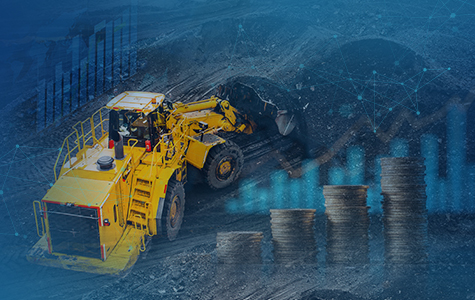





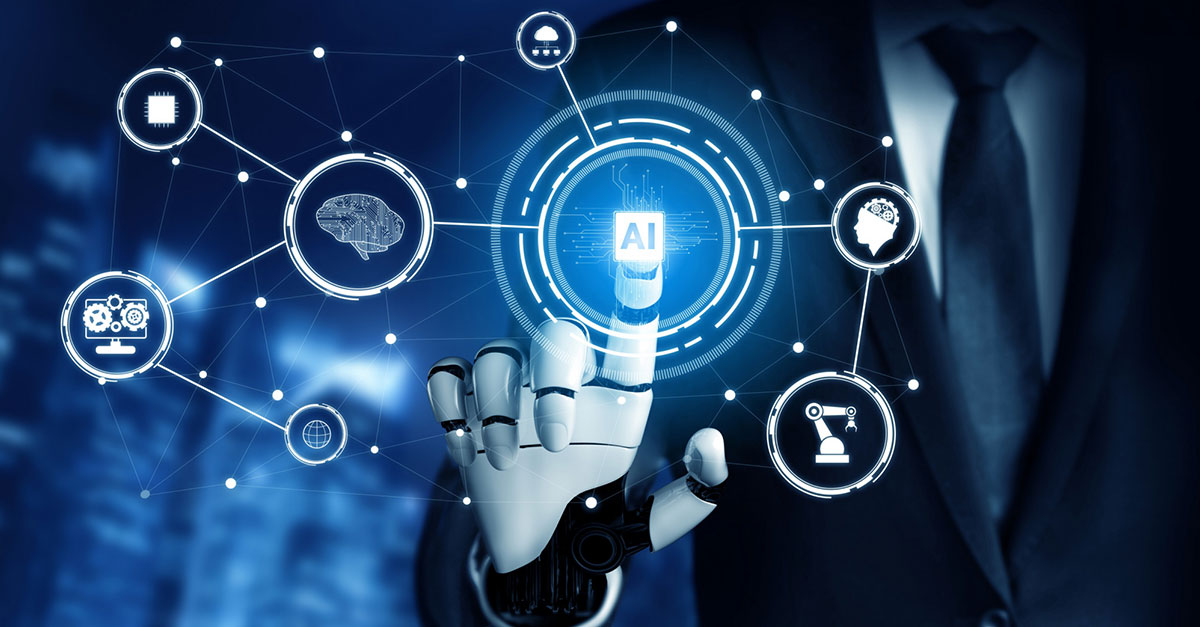


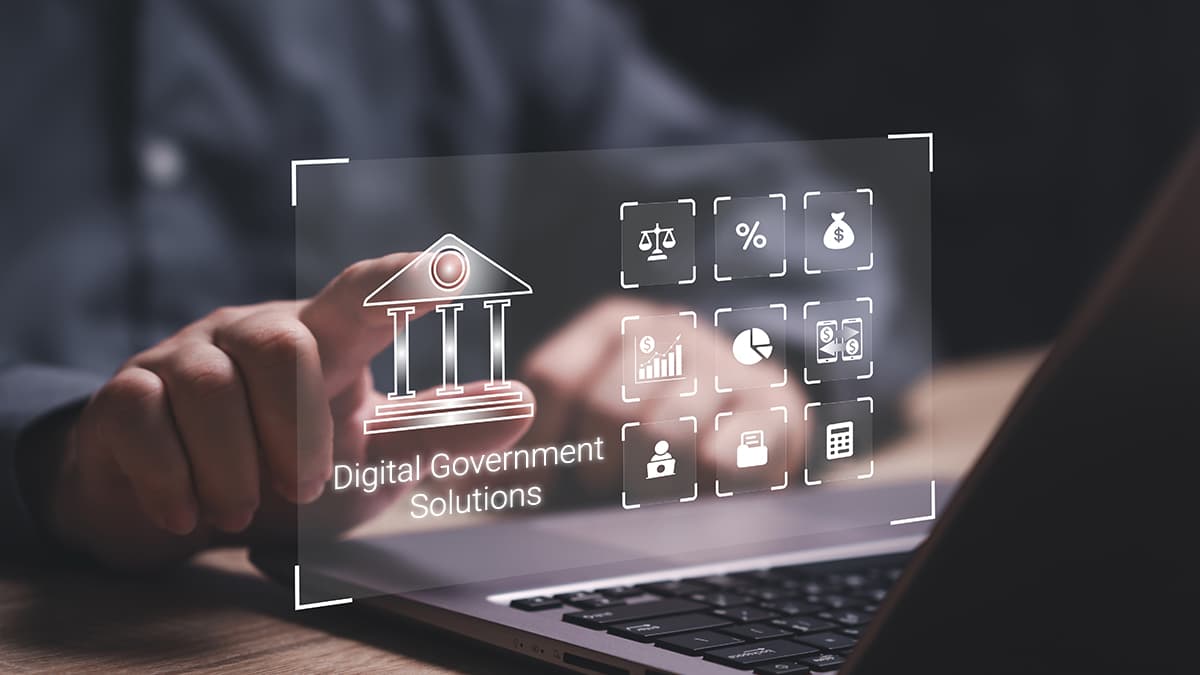
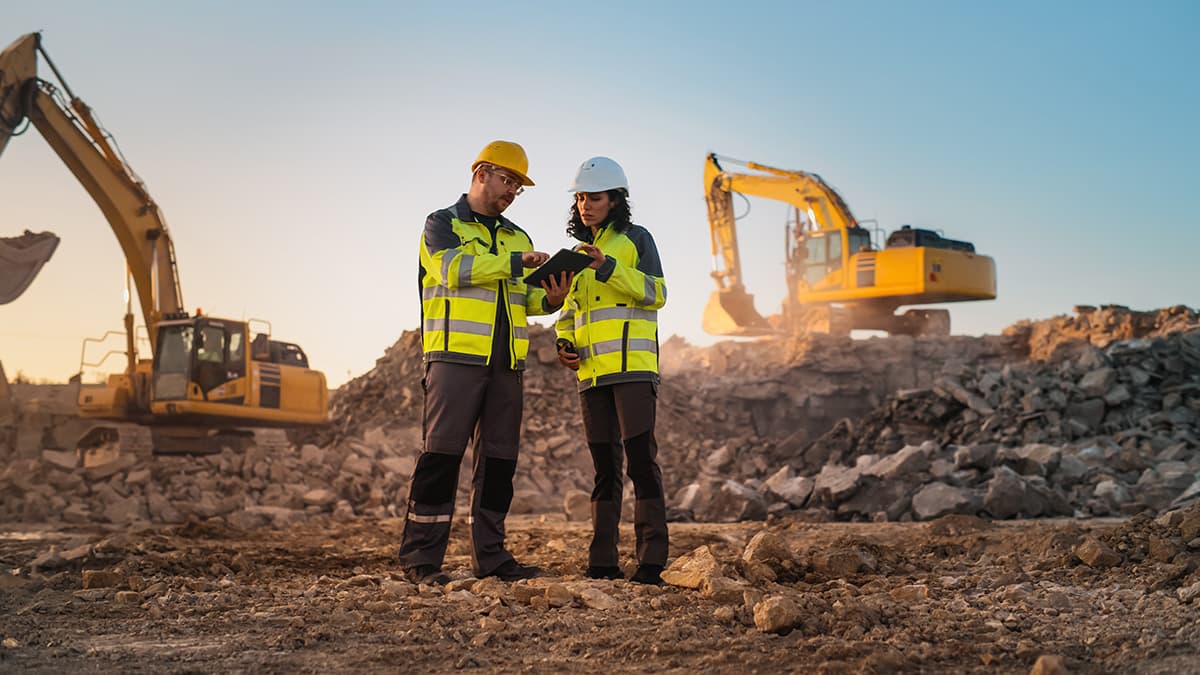















We will verify and publish your comment soon.